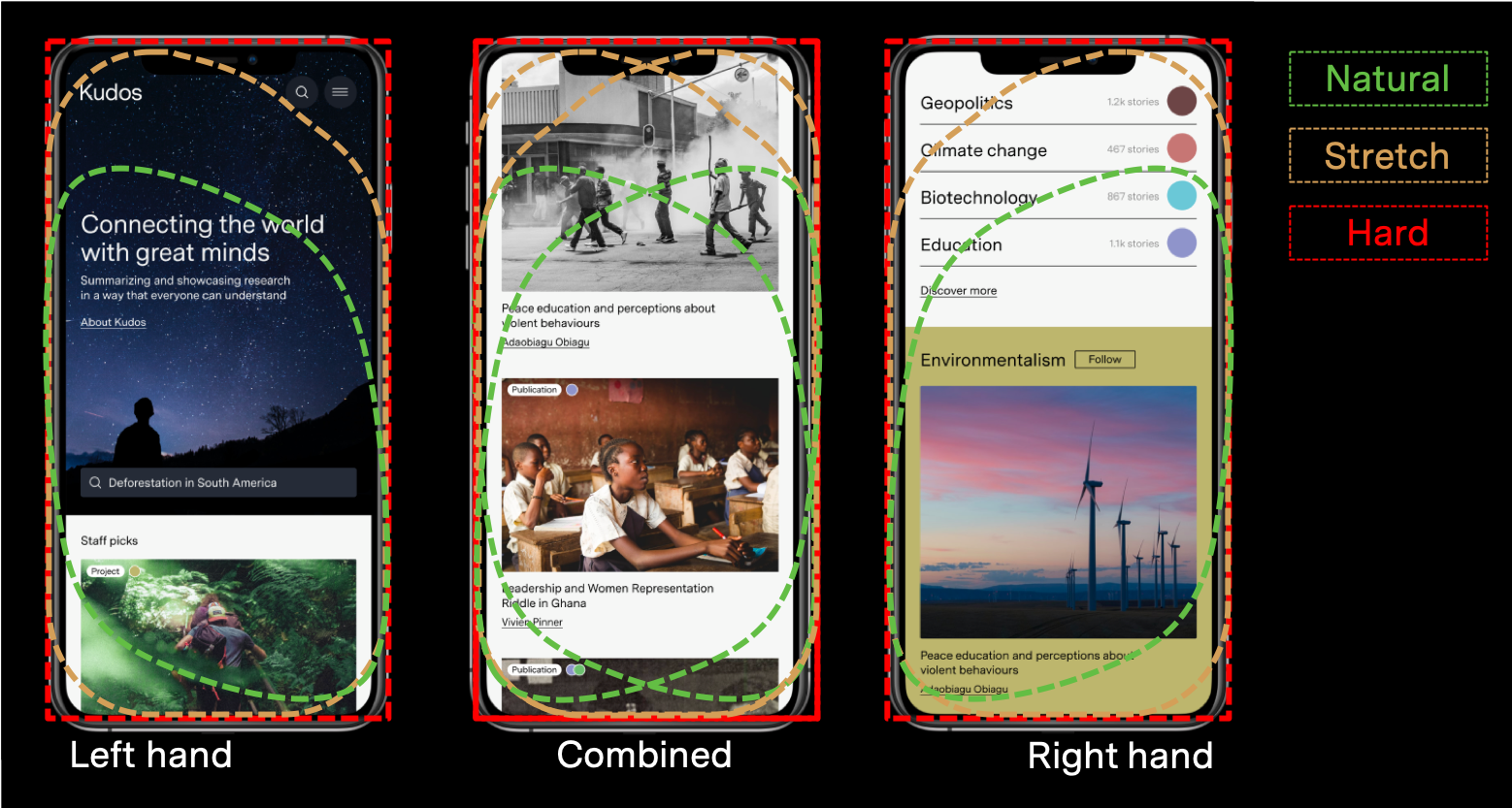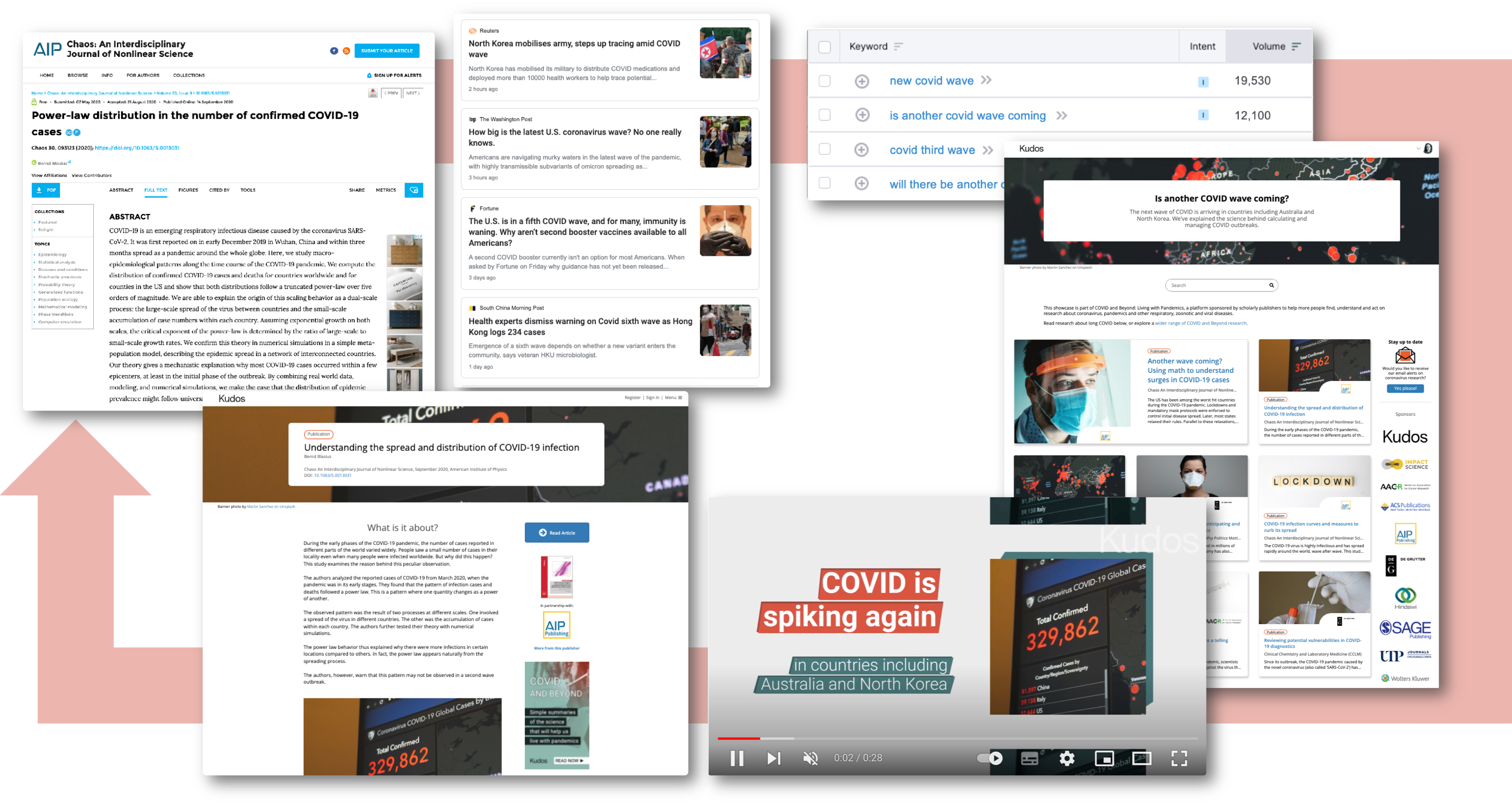I spoke at last week’s Society for Scholarly Publishing (SSP) conference about the growing influence of Millennials and Generation Z in academia, and what publishers, societies and others can do to ensure that our content and services are found and used by these researchers. I was part of a panel organized by Nikesh Gosalia from Impact Science, who presented data from a recent survey of how early career researchers across geographies are using social media for science communication, and Jennifer Regala from the American Urological Association, who shared her organization’s strategy, activities and results.

Introducing Jen X and Milen Neill
First let’s give ourselves a working definition of what we mean by Millennials and Gen Z. I find it useful to put that in the context of my own generation, Generation X. My generation is the last one to have d eveloped its information skills in the world before the internet.
eveloped its information skills in the world before the internet.
So Jen X here is like me. Born in the 70s, educated in the 80s, learned her information skills in the 90s. She began computing on a word processor and she never goes anywhere without her laptop. When she’s searching for information, she’s using a big screen, and short keyword-style search queries.
 Meanwhile, here’s Milen Neill (who is half Bulgarian and half Irish, if you’re wondering about the name.) He was born in the mid-80s. He didn’t really start developing information skills until the middle of the 2010s. He doesn’t remember a world without Facebook, not that he uses Facebook, of course. He does almost all of his information retrieval on his phone, and is more likely to use YouTube than Google. When he needs information, he just types his entire question in verbatim.
Meanwhile, here’s Milen Neill (who is half Bulgarian and half Irish, if you’re wondering about the name.) He was born in the mid-80s. He didn’t really start developing information skills until the middle of the 2010s. He doesn’t remember a world without Facebook, not that he uses Facebook, of course. He does almost all of his information retrieval on his phone, and is more likely to use YouTube than Google. When he needs information, he just types his entire question in verbatim.
Most publishers’ websites have been designed in the age of Jen, for people like Jen. And yet, Millennials are hitting their publishing stride. This 2008 study by Gingras et al., showed academics’ most active publishing period is between the ages of 26 and 41. In 2022, that means people born between 1981 and 1996 … the exact definition of a Millennial. Millennials are also becoming the ‘influencers’ in academia — the oldest among them are turning 40, the average age of being granted tenure, or winning your first NIH grant. So we need to make sure we are building websites and user experiences that are attractive both to these increasingly influential Millennials, and also to their Gen Z colleagues (the oldest of whom are already, at 24, old enough to be beginning their post-graduate studies).
Mobile First
So what do we know about them? I spent a lot of time in my SSP presentation talking about how they are more likely to be on their phone: Millennials unlock their phones 30% more than Gen X. For Gen Z it’s SIXTY percent more! Gen Z are 65% more likely to favor their smartphone over their laptop. Whereas in the past we talked a lot about responsive web design, the phrase we should now be using is “mobile first”. If the mobile website expectations of younger researchers don’t persuade you, then the fact that Google will ‘mark you down’ for poor mobile design probably will. When you’re designing your website, START your design process with the small screen not the big one — and this is not just about mobile: 62% of Gen Z will give up on a website that is hard to navigate, so you need to polish the experience your users will have on all devices.
You may be thinking: well, people might skim tables of contents on their phone but they won’t be reading actual articles there. I see your logic, and I raise you “device inertia“. That is the phrase for “sticking with the device you started the task on, even if you know another device is better for the job”. The ubiquity, the omnipresence of mobile devices mean they’re the ones people are starting with .. and sticking with. That’s a poor decision on their part but one that we have to accommodate. For example, think about the thumb zone — UX / mobile design consultants Steven Hoober and Josh Clark’s research show that (a) half of people hold their smartphones with one hand (Hoober) and 75% of mobile web interactions are thumb driven (Clark). If you want people to use your site, design it so that it’s easy to use with one hand, with all key functions in natural reach of the thumb.

Content Discovery and Formats
Another much-touted bit of advice about reaching Millennials and Gen Z is that they are much more likely to choose video from search results, and / or to use YouTube as a search engine — indeed, it’s the world’s second biggest search engine (probably; numbers for Baidu are unknown — but “YouTube receives more search queries per month than Yahoo, Bing, Ask, and AOL combined”.) Some 54% of Millennials and 60% of Gen Z visit YouTube every day, and 80% of Gen Z said that they have gained knowledge from YouTube. Both groups are more likely to use longer phrases when searching — they were not trained to use Boolean search and keywords; they type their whole question into the search engine.
So: to maximize the chance of reaching them, we need to create content with titles that match the types of inquiries they will make, and make video versions of this. I’m not talking about changing the titles of the actual articles and books. I’m talking about creating pillar pages that are designed to drive traffic to those publications. I’ve been doing a lot of this recently to help get plain-language summaries of COVID and Climate research in front of broader audiences. We start by using news sites, to identify trending topics within our overall themes (e.g., effectiveness of masks, or extreme weather). We then use keyword tools to see the exact search phrases people are using ranked by frequency (e.g.. 12,000 searches every day for the exact phase “is another COVID wave coming“). We create ‘showcases’ (in Kudos parlance — ‘pillar pages’ in SEO parlance) with these exact phrases as a title and therefore in the URL structure. We also create videos that also have the exact phrases as a title to leverage the popularity of YouTube as a search channel and video as a format. It was already the case that articles in our topical showcases / campaigns have substantially higher views than those we’re not promoting. But of all the channels we use for these audience growth campaigns, this really targeted SEO delivers 5 x more page views — not of the pillar pages, which are a means to an end, but of the content itself.

Values
Although I’ve really focused on tech aspects of reaching Millennial and Gen Z researchers here, I can’t close without also mentioning the emotional aspects of engaging people in these demographics. It feels a bit like Maslow’s hierarchy. Once we’ve dealt with the basics, we have to engage at a higher level: with values — curating and showcasing content that helps people find, understand and act on research on big, cross-disciplinary, cross-sector, cross-publisher themes — ranging from war to artificial intelligence. By tapping into the issues of the day, and creating bitesize or broadly-targeted content that speaks to those issues, we can bring a broader audience directly to the research that will help them understand those issues. Jennifer covered this angle in much more detail and I hope to persuade both Jennifer and Nikesh to write follow up posts about their talks.
Discussion
7 Thoughts on "Marketing to the New Generation of Academic Influencers: Mobile First, SEO, Values-led Content and Initiatives"
I really enjoyed reading this article. Thank you for the thoughtful writing, and useful information and links.
I do wonder whether it’s worth ‘de-generationalising’ these approaches – I have friends who are ‘baby boomers’ who search like Gen Z, and I’m sure the opposite is true.
By focusing on the goal/need and the strategy (with a looser idea of our users), we can articulate stories like this without getting bogged down in demographic groups, which in themselves can be limiting, and set ageist expectations.
My experience is that, whereas every problem, want or need could be stated as a essentialist aspect of a persona (which depersonalises it imho by relying on category thinking), better results can be achieved by turning them into actionable insights that address all the use cases, without forcing us to approach individuals in each group as if they’re automatically going to comply with our expectation, which – I suspect – they will not enjoy, and we will find leads us to suboptimal outcomes.
Thanks Kevin, appreciate that and glad you found it useful! I think both approaches are needed. You’re right that, from a web / product design perspective, if we group people at all then it’s most useful to do that based on actions, behaviors etc e.g. “people who search like this”, “people who consume content in this format”. If you’re approaching it from a market perspective, e.g. “how do we approach / engage such-and-such a demographic” then it is useful to identify common behaviors, preferences etc to make sure you are covering those bases.
Very interesting stuff, I had the opportunity to attend the session and it was great, look forward to reading more from you, Jennifer, and Nikesh on this topic.
When we launched our R Discovery app we learned firsthand how hard it is to change search behavior. We started with topics but had to quickly add other search options like journal and article title, it will soon support other search options.
The other shift that publishers need to come to grips with is more and more users read content on their mobile devices. Currently, publisher sites are built for desktop and fail to deliver a good user experience on mobile. Sorry but PDF on mobile does not equal a good reading experience, there has to be a better way.
Yes, as someone who regularly reads PDFs on my mobile I can agree on that! Perfect example of device inertia – I know that at that point I should really flip to a bigger screen but usually can’t quite be bothered. That said most publisher sites do a good job with HTML alternatives that flow more naturally on mobile and are often the first thing to load, so in that sense, mobile-first. The next hurdle is to move all the menus etc to the bottom of the screen – into the thumb zone!
Calling something “weapons-grade” is really tone deaf in the United States.
You are right. I’m so sorry – I’ll change that and be more thoughtful in future.
If millennials are by your definition people born in the mid-80s, they were in their late teens / early twenties when Facebook was first introduced to the world (in 2004). So I do not think it is safe to say they do not remember a world without it. I think you are mixing up millennials and Gen Z.



